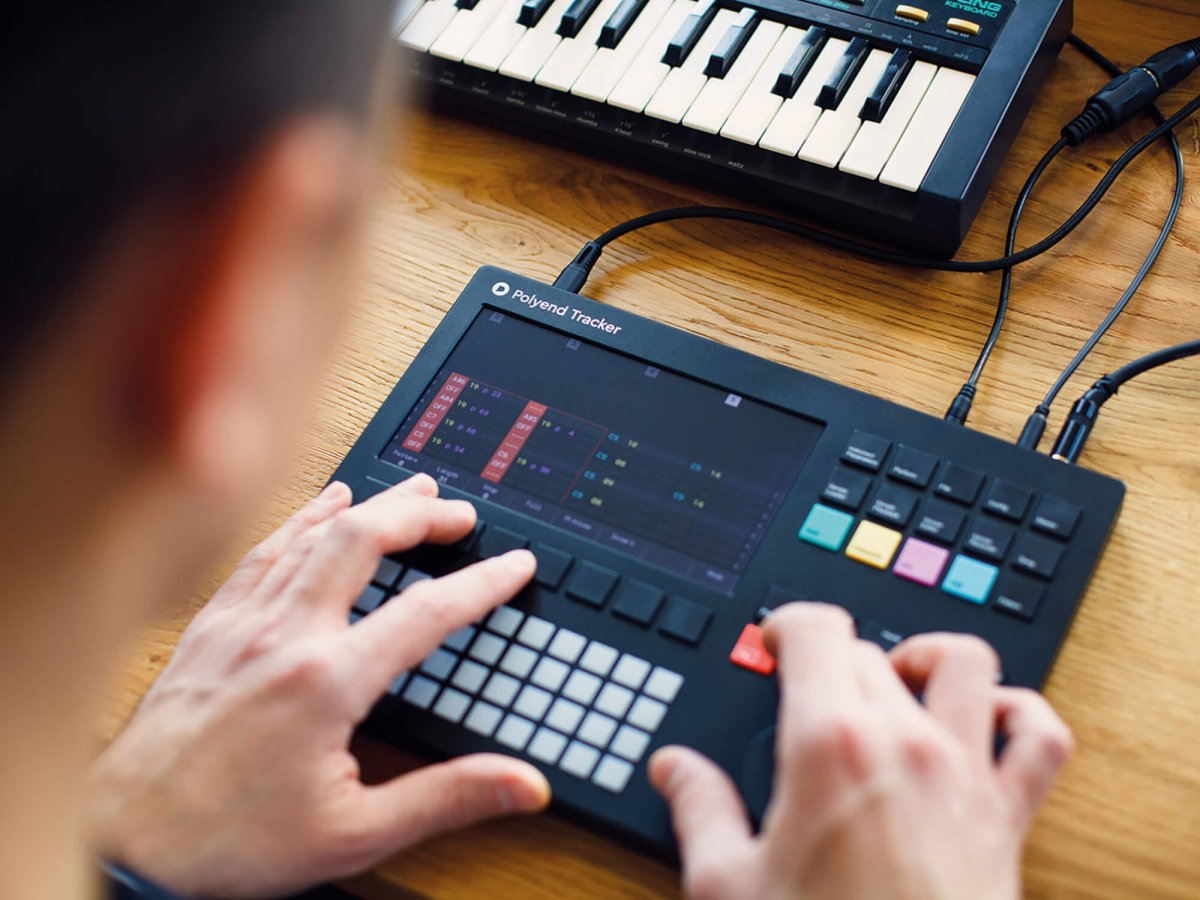LambdaMikel
Experienced Member
- Joined
- Jan 25, 2020
- Messages
- 309
I think

 musictech.com
musictech.com
Gets the attributation wrong. The first tracker was the 1986 Sound Monitor for the C64 by Chris Hülsbecks
I myself probably implemented the world's first Tablature Composer, on an Amstrad CPC 464 in the same year - does that make me a pioneer?? anybody knows an earlier tab composer, please let me know
anybody knows an earlier tab composer, please let me know
The history of trackers
Few music-sequencing softwares have a history as distinctive as the tracker. With the epochal program now arriving in hardware form, we trace the tracker’s lineage, from its humble 8-bit beginnings to its era-defining rave sounds.
Gets the attributation wrong. The first tracker was the 1986 Sound Monitor for the C64 by Chris Hülsbecks
I myself probably implemented the world's first Tablature Composer, on an Amstrad CPC 464 in the same year - does that make me a pioneer??
